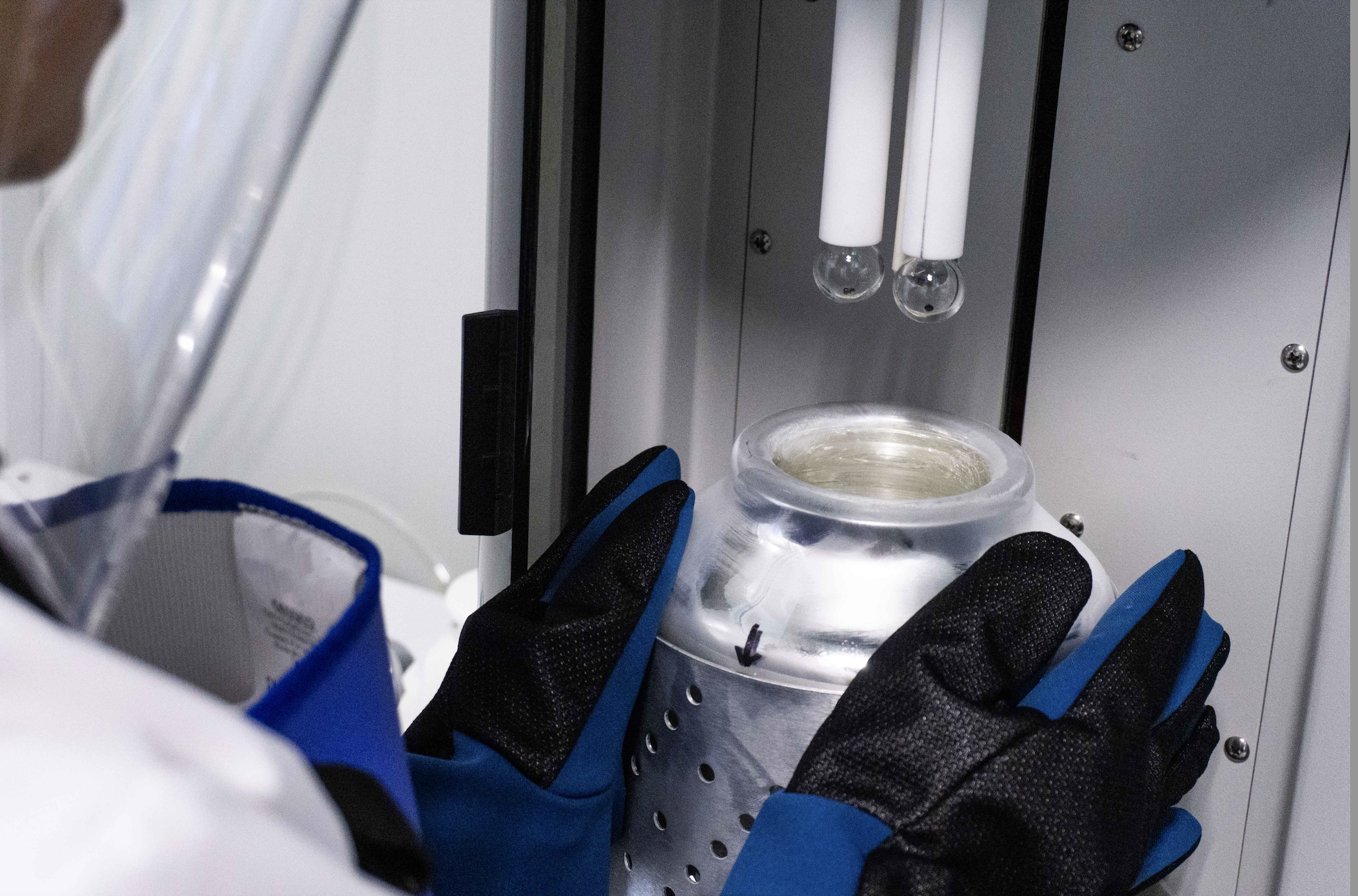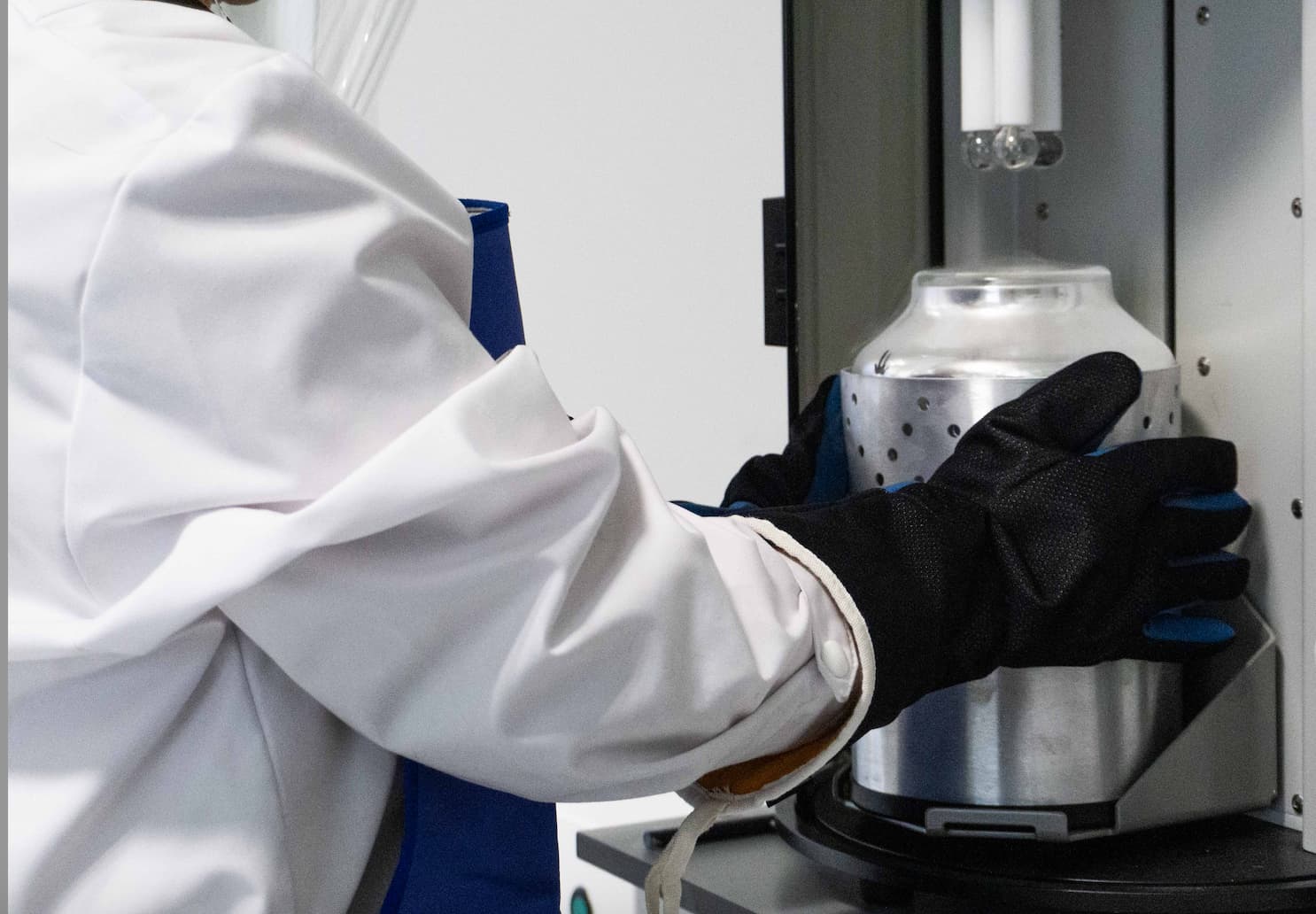What is BET surface area measurement?
BET surface area measurement is a technique used to determine the total surface area of a solid material, such as a catalyst. It is based on the principle of physical adsorption, which is the process by which gas molecules adhere to the surface of a solid material without forming a chemical bond.
The BET method is named after its inventors, Stephen Brunauer, Paul Emmett, and Edward Teller. It was developed in the 1930s and is still one of the most widely used methods for surface area measurement today.
How does BET surface area measurement work?
To perform a BET measurement, a sample of the material to be measured is placed in a vacuum chamber. A known amount of an inert gas, such as nitrogen, is then introduced into the chamber. The gas molecules will adsorb onto the surface of the material.
The amount of gas adsorbed is measured by monitoring the pressure in the chamber. As the gas molecules adsorb, the pressure in the chamber will decrease. The BET method uses these pressure measurements to calculate the total surface area of the material.
The BET surface area measurement is based on the following equation:
V = Vm * C * P / (Po – P) * (1 + (C – 1) * P / Po)
where:
- V is the volume of gas adsorbed at pressure P
- Vm is the volume of gas adsorbed at monolayer coverage
- C is the BET constant
- P is the pressure of the gas
- Po is the saturation pressure of the gas
The BET constant is a characteristic of the gas and the adsorbent. It can be determined experimentally by plotting V / (Po – P) vs. P / Po. The slope of the line is equal to C.
The BET surface area is calculated by multiplying the volume of gas adsorbed at monolayer coverage by the BET constant.
Why is BET surface area measurement important in heterogeneous catalysis?
Heterogeneous catalysis is a type of catalysis in which the catalyst is in a different phase than the reactants and products. For example, a heterogeneous catalyst may be a solid metal, such as platinum, while the reactants and products are in the gas phase.
The BET surface area measurement is an important tool in heterogeneous catalysis because it determines the number of active sites available for catalysis. The more active sites available, the higher the catalytic activity.
For example, a catalyst with a high BET surface area will have more active sites available for the adsorption of reactants. This will lead to a higher rate of catalysis.
The BET surface area measurement is also important for determining the optimal size of a catalyst particle. Catalyst particles that are too large will have a low BET surface area and therefore a low catalytic activity. Catalyst particles that are too small will be difficult to separate from the reaction products.

Applications of BET surface area measurement in heterogeneous catalysis
BET surface area measurement is used in a variety of applications in heterogeneous catalysis, including:
-
Catalyst development:
BET surface area measurement can be used to screen new catalyst materials and to optimize the synthesis of existing catalysts.
-
Catalyst characterization:
BET surface area measurement can be used to characterize the surface of a catalyst, including its area, pore size distribution, and surface chemistry.
-
Catalyst monitoring:
BET surface area measurement can be used to monitor the deactivation of a catalyst over time.
Examples of heterogeneous catalysts with high surface area
Some examples of heterogeneous catalysts with high surface area include:
-
Platinum:
Platinum is a commonly used catalyst for a variety of reactions, including hydrogenation, dehydrogenation, and reforming.
-
Palladium:
Palladium is another commonly used catalyst for a variety of reactions, including hydrogenation, dehydrogenation, and coupling reactions.
-
Supported metal catalysts:
Supported metal catalysts are catalysts in which the metal catalyst is dispersed on a high-surface-area support material, such as alumina or silica.
-
Zeolite catalysts:
Zeolite catalysts are catalysts that are made up of porous crystalline materials. Zeolite catalysts have very high surface areas and are often used for catalytic cracking and other reactions that involve large molecules.
BET surface area measurement is an important technique in heterogeneous catalysis. It is used to develop, characterize, and monitor catalysts. BET surface area measurement is also used to understand the relationship between surface area and catalytic activity.
Additional Information
- The BET surface area measurement is a relatively simple and inexpensive technique. It is widely used in both academic and industrial research.
- The BET surface area measurement can be used to characterize a wide variety of materials, including catalysts, adsorbents, and porous materials.
- The BET surface area measurement is a valuable tool for understanding and optimizing the performance of heterogeneous catalysts.
How we can help you!
With our state-of-the-art equipment and team of experts at C2CAT, we can assist you achieve your research and development goals. Our BET and porosity analysis service can help you measure the porosity of catalysts, carbon nanotubes, geological samples, and advanced materials, assess the permeability of construction materials, and improve the performance of advanced materials by providing critical data.
Check our Services and get in touch with our team. We help you learn more about your material.
Here you can read more about this topic:
- The BET method of analysis of gas adsorption data and its relevance to the calculation of surface areas, https://doi.org/10.1016/0376-4583(76)90024-8.


